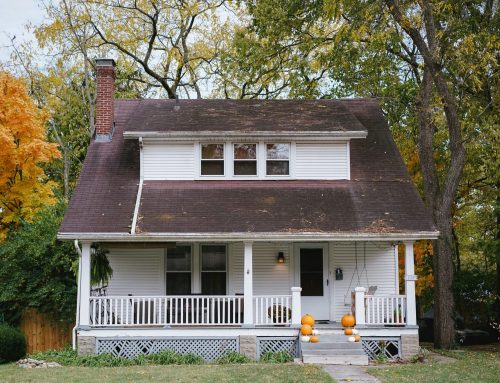The short answer to “Do wheelchair ramps need handrails?” is that some do. Handrails certainly make wheelchair ramp usage easier and safer. At RampNow, our modular and commercial ramps use handrails to give the user that extra level of control as they maneuver up and down.
Handrails are crucial in a situation where the person in a wheelchair will be independently using the ramp. The Americans With Disabilities Act requires that ramps in front of businesses and other public locations follow specific guidelines.
If a ramp has a rise of more than six inches, or a horizontal projection of more than 72 inches, the ramp must have handrails. They’re also not required on small curb or threshold ramps. It’s worth noting that the ADA and these guidelines do not apply to private residence ramps.
There are many different types of wheelchair ramps. For instance, a permanent ramp constructed from wood tends to be slippery. You’d want to make a wooden ramp longer than a metal ramp with a grooved surface, for this reason. It’s also a good idea to include handrails.
The Importance of Wheelchair Ramp Safety
The question “Do wheelchair ramps need handrails?” is a popular one. We often see makeshift DIY wheelchair ramps that cut corners with certain safety precautions such as this.
Many jurisdictions require minimum widths and maximum slopes for wheelchair ramps. A gradual slope, handrails, and a non-slip surface can all make a wheelchair safer to use – especially in the icy Northern Illinois winter climate.
A grooved surface on a ramp acts as a non-slip surface. There are curb guards present on portable ramps. Threshold ramps only have a grooved surface. For longer, modular ramps, the added level of safety that comes with handrails can slow people down and gives them more control over the experience.
If you have any additional questions about wheelchair safety or handrails, contact RampNow today!








